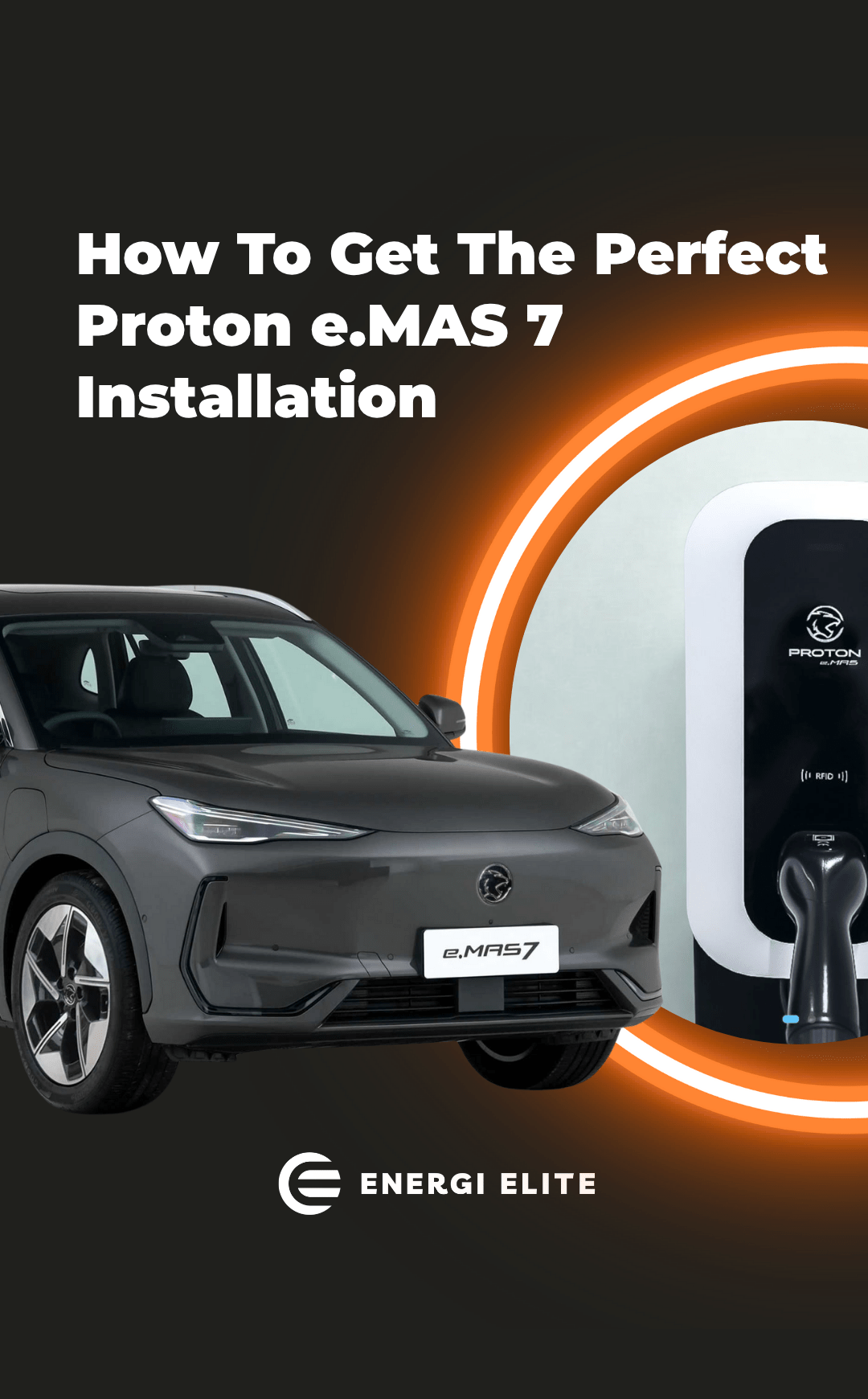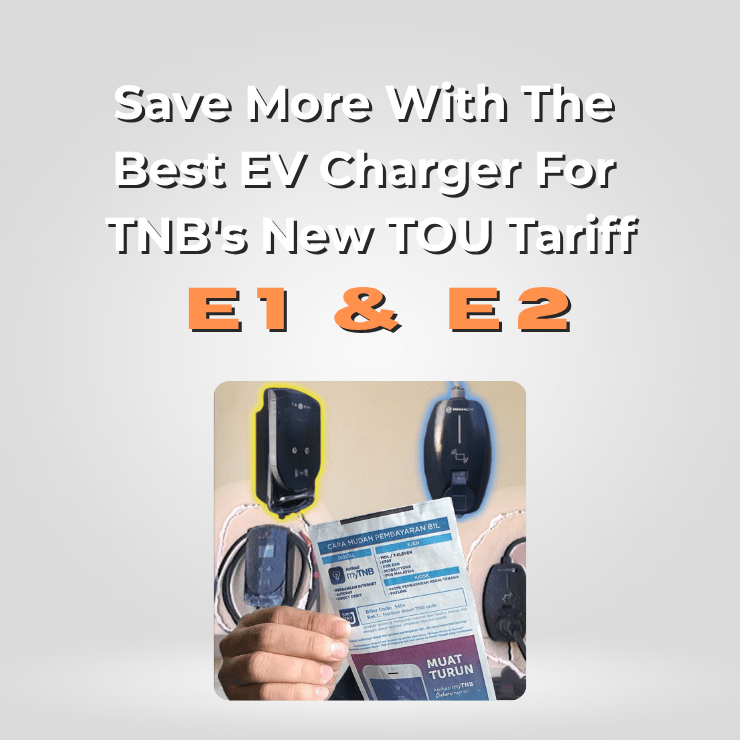Upgrade To Three Phase For A New EV Charger?

The common consensus of having to upgrade your electrical system from a single phase to three phase has been widespread when adopting for an EV Charger. However that isn’t the case when it comes to an EV Charger like the E2 which enables the user to carefully adjusts its current load so that it may operate well within the capability of the electrical system of a single phase home
Will Single Phase Be Enough For EV Charging?
Malaysia’s smaller residential properties utilize a single-phase 240V power supply with a standard fuse rating of 63A or 100A. Larger housing, such as bungalows or semi-D, typically will have a three-phase power supply of 415V and its fuse rating multiplied by 3.
Answering the question above will depend on the household’s total load usage and what kilowatt charging that you require.
Do You Need Three Phase for A 7kW Charger?
Charging at 7kW for an EV charger in a single-phase home would require 32A. Provided that the housing’s fuse maxes out at 63A, it would mean that charging with 7kW must be carefully managed, as a significant portion of the available current would be consumed, and the risk of overloading could be introduced if other appliances are used simultaneously.
Key Considerations Before Upgrading
- Upgrading an electrical system’s power supply can be expensive.
- The process is time-consuming, as it must be vetted and approved by Tenaga Nasional Berhad (TNB).
- New wiring is required to accommodate a three-phase power supply.
Why A Three-Phase Isn’t Necessarily Required If You Have The E2
This is addressed by the E2 by allowing the maximum total current allocated to EV charging to be managed by users, with values configurable from 1A up to 32A. The process is handled through its proprietary app, in which all configurable parameters, such as scheduling and maximum current, are included.
Conclusion
Charging at 7kW can be fully supported in a single-phase home, provided that the total electrical load, along with the load from the EV charger, has been carefully considered. In general, it is recommended that the EV be charged at a reduced current within single-phase households, a setting that can be easily managed through the E2’s configurable current control. In this way, charging requirements are tailored to the user’s needs without compromising electrical safety.




